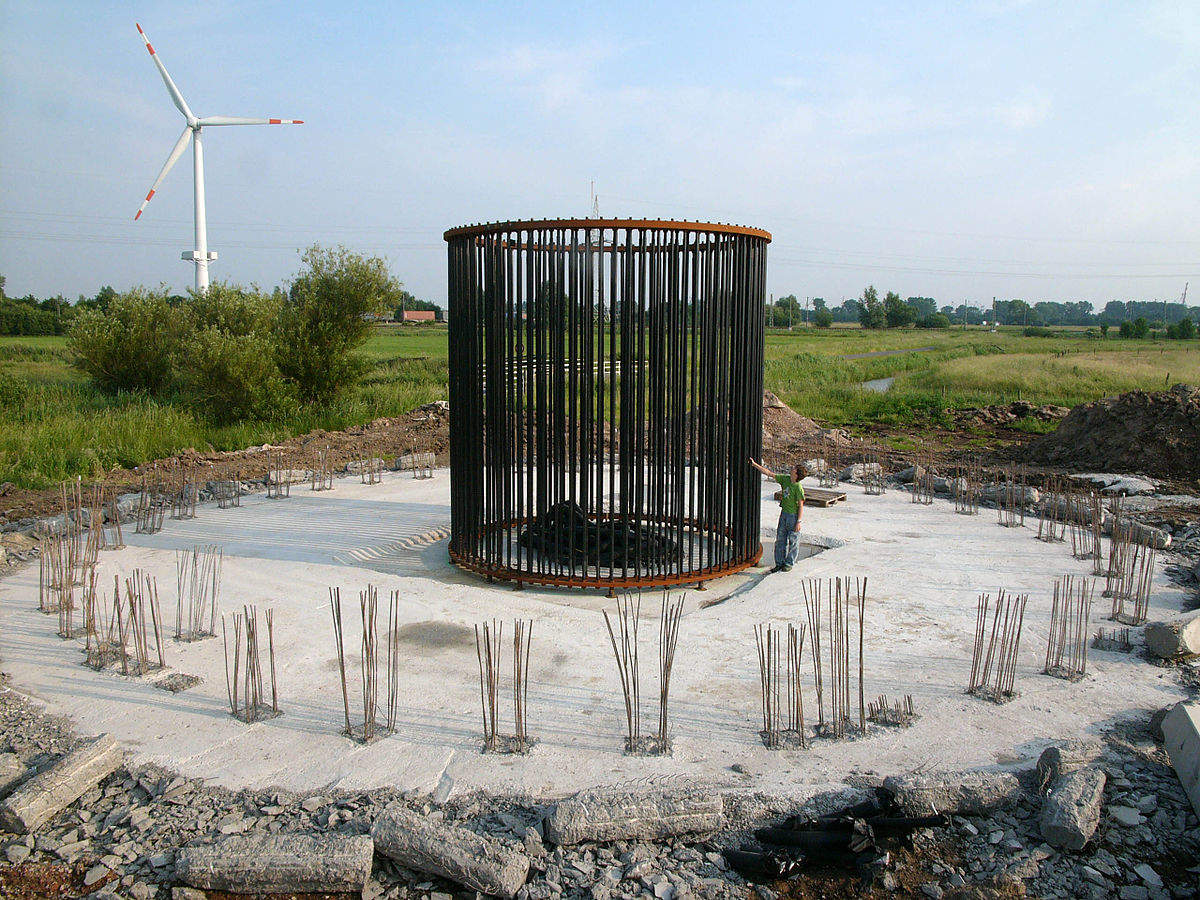The global wind turbine foundations market registered a market value of $5.7bn in 2017 and is expected to reach $7.2bn in 2022 according to GlobalData, a leading data and analytics company. The global onshore foundation market value is estimated to reach $3.05bn in 2022. Likewise, the annual offshore foundations market value is estimated to reach $4.16bn in 2022.
The company’s latest report Wind Turbine Foundations, Update 2018 – Global Market Size, Competitive Landscape, Key Country Analysis, and Forecast to 2022 reveals that currently, projects in most countries are installed with monopile, jacket and tripod-based foundations. However, following a number of successful prototypes, offshore wind turbines installed with floating foundations are expected to have more commercial development in the forecast period. While several floating offshore wind concepts exist, two designs are the best known; HyWind and Windfloat.
“The global wind power market witnessed significant growth from 2012 to 2017, with cumulative wind power installed capacity increasing from 284 gigawatts (GW) in 2012 to 546GW in 2017,” says GlobalData senior analyst Subha Krishnan. “A great deal of potential exists for offshore wind installations. It is estimated that the offshore wind has the potential to meet seven times the energy demand of Europe and four times that of the US.
“Innovative technologies, offshore wind policy support in some countries, national targets, growing investor confidence and introduction and deployment of large-sized turbines for cost reduction are some of the drivers for offshore wind development globally.”

| Source: GlobalData, 2018 |
GlobalData’s report also finds that China was the top country in the global market with respect to annual wind installed capacity in 2017. It was followed by the US, Germany, UK, and India. China topped the ranking as it is currently the home to more than one-third of the world’s wind power cumulative capacity, recording 188GW at the end of 2017. The country added exceptionally large wind power capacity of over 125GW during 2012–2017. It is expected to add another 92GW during the forecast period 2018–2022 with an annual installation of nearly 18.4GW.

US Tariffs are shifting - will you react or anticipate?
Don’t let policy changes catch you off guard. Stay proactive with real-time data and expert analysis.
By GlobalDataKrishnan continues, “China is the largest manufacturing hub for wind turbines and its components. Manufacturing capacity coupled with abundance of high wind speed sites mean it is only natural for China to become a world leader in terms of installed capacity. The US and Germany have had large capacities since the early 2000’s and both have excelled in terms of wind power technology and achieving better efficiencies. It was only in 2009 and 2010 that China overtook Germany and the US in terms of installed capacity.”
Currently in China high-rise pile caps and monopiles are the most popular foundation choice, but a variety of foundations, including jackets, multi-piles, gravity bases and suction bucket foundations have also been installed, with most foundations having been deployed in intertidal zones. While the intertidal zone has provided a useful testing ground for different foundation types, there is a clear need to test more foundations offshore in order to identify which are most appropriate for Chinese waters. Developers are still unsure which foundations to use, with the majority of identified sites yet to announce which foundations they will use, particularly those looking to develop offshore projects. Foundation design in China is conducted by a handful of domestic design institutes active in the industry, which will then sub-contract the responsibility for the fabrication and installation of the foundation.
“There are a number of foundation designs available for offshore wind farms and these have been demonstrated in China,” concludes Krishnan. “The choice of offshore foundation is determined by a series of factors such as seabed conditions, water depth, foundation cost, ease of installation and size of wind turbine.”




